Location
225 to 256 of 961 results
-
Stichting Wadloopcentrum Pieterburen
Stichting Wadloopcentrum Pieterburen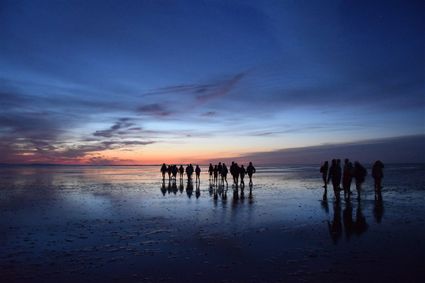 Lauwersoog
Lauwersoog -
Beleefwad
Beleefwad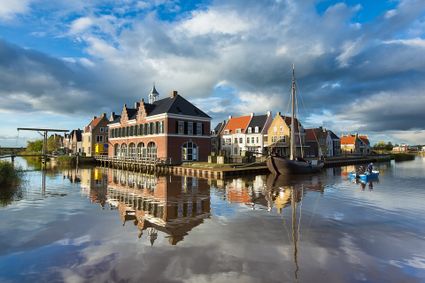 Anjum
Anjum -
BinnenInn 24 Persoons Groepshuis
BinnenInn 24 Persoons Groepshuis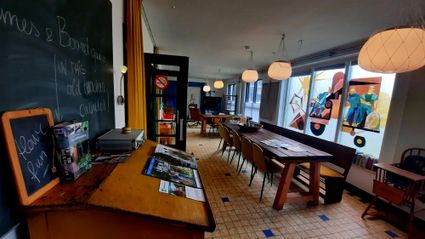 Metslawier
Metslawier -
Grutte Wielen - Uitkijkpunt
Grutte Wielen - Uitkijkpunt Leeuwarden
Leeuwarden -
Van der Valk Hotel Hardegarijp
Van der Valk Hotel Hardegarijp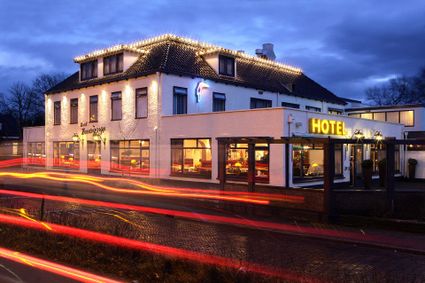 Hurdegaryp
Hurdegaryp -
Rentenierswoningen Greate Buorren
Rentenierswoningen Greate Buorren Garyp
Garyp -
Wadlopen met Jaap
Wadlopen met Jaap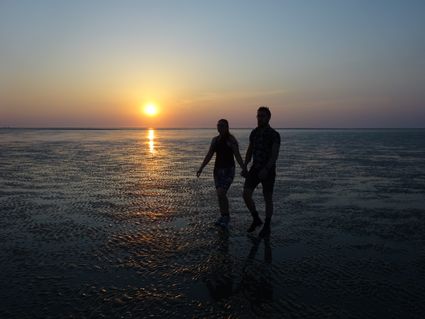 Nes
Nes -
Friesland Holland Tourist Information & Travel Service
Friesland Holland Tourist Information & Travel Service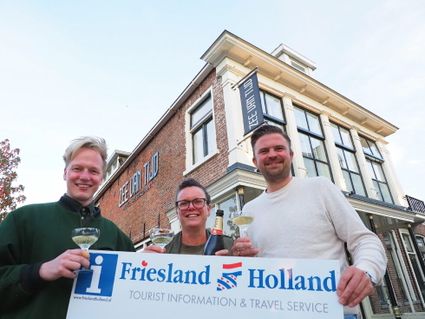 Holwerd
Holwerd -
Sint-Godeharduskerk Marrum
Sint-Godeharduskerk Marrum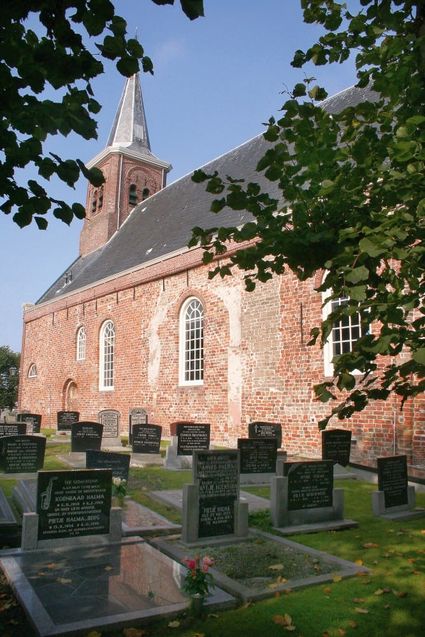 Marrum
Marrum -
Huize Moddergat
Huize Moddergat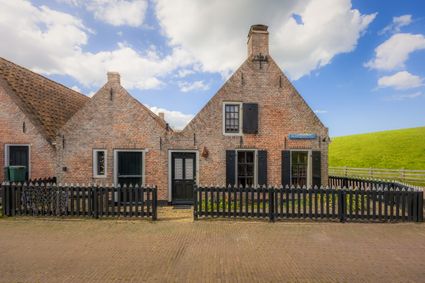 Moddergat
Moddergat -
Mem Wedman Hiking Trail
Mem Wedman Hiking Trail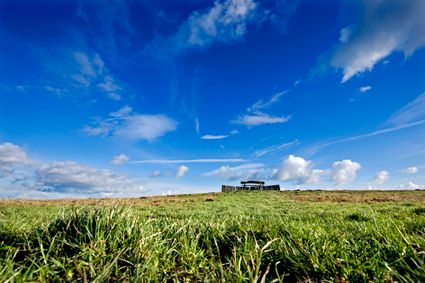 Buitenpost
Buitenpost -
Waddenhop
Waddenhop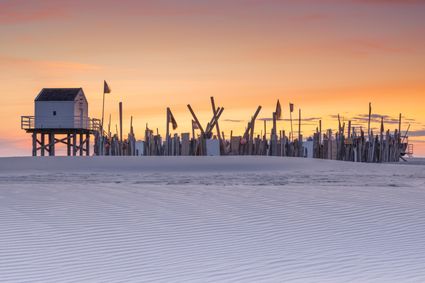 Harlingen
Harlingen -
Toeristisch Informatiepunt Dokkum
Toeristisch Informatiepunt Dokkum Dokkum
Dokkum -
Pleintafel it Wâlhout ontmoetingsplek dorpsplein Eastermar
Pleintafel it Wâlhout ontmoetingsplek dorpsplein Eastermar Eastermar
Eastermar -
Oudega - Plasdras - Vogeluitkijkpunt
Oudega - Plasdras - Vogeluitkijkpunt Oudega
Oudega -
Skrins - Bird watching cabin
Skrins - Bird watching cabin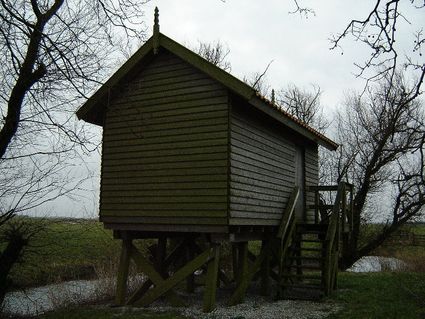 Hinnaard
Hinnaard -
Oer de Wiel
Oer de Wiel Veenwouden
Veenwouden -
Boerderij naast de kerk
Boerderij naast de kerk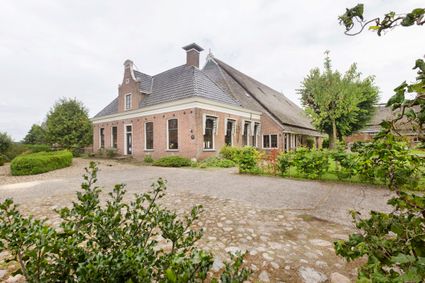 Ryptsjerk
Ryptsjerk -
Gasterij Manjefiek
Gasterij Manjefiek Kollum
Kollum -
Hindeloopen (Hylpen)
Hindeloopen (Hylpen)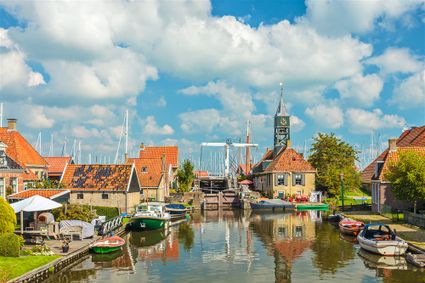 Hindeloopen
Hindeloopen -
Nicolaaskerk Koarnjum
Nicolaaskerk Koarnjum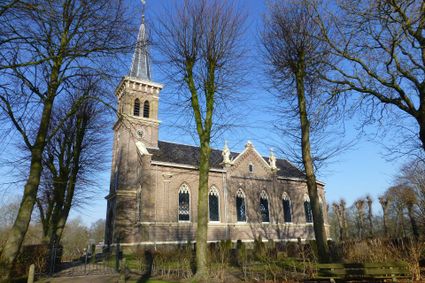 Koarnjum
Koarnjum -
11Fountains Dokkum
11Fountains Dokkum Dokkum
Dokkum -
Camping Uit en Thuis
Camping Uit en Thuis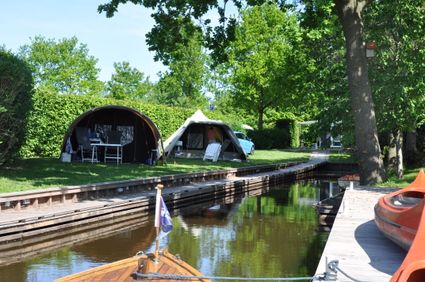 Kollum
Kollum -
Museum Ruurd Wiersma Hûs
Museum Ruurd Wiersma Hûs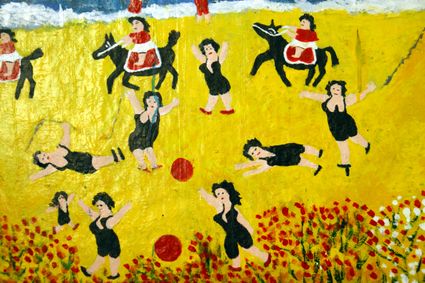 Burdaard
Burdaard -
Café "de Sluys" Cafetaria/kanoverhuur
Café "de Sluys" Cafetaria/kanoverhuur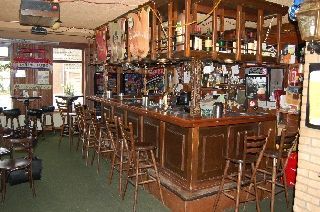 Munnekezijl
Munnekezijl -
Doarpstsjerke Mitselwier
Doarpstsjerke Mitselwier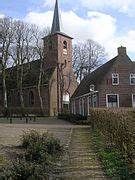 Mitselwier
Mitselwier -
Kunstcafé de Dream
Kunstcafé de Dream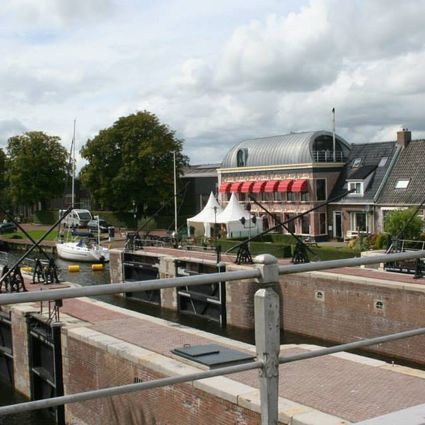 Dokkumer Nieuwe Zijlen
Dokkumer Nieuwe Zijlen -
Koopmansbosje
Koopmansbosje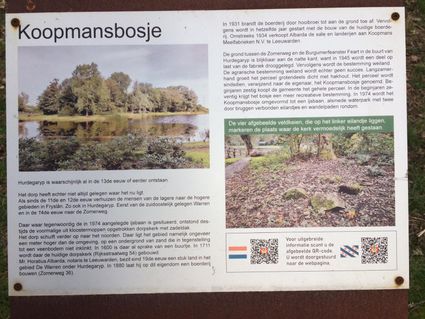 Hurdegaryp
Hurdegaryp -
Greenjoy Dokkum
Greenjoy Dokkum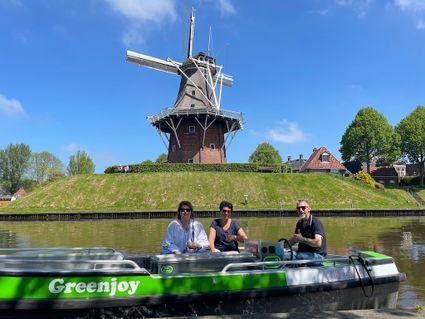 Dokkum
Dokkum -
Camping 't Groene Hart van Ternaard
Camping 't Groene Hart van Ternaard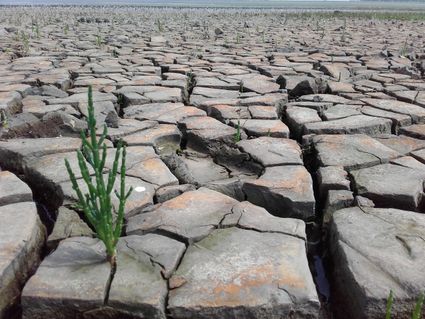 Ternaard
Ternaard -
it Dreamlân holiday home
it Dreamlân holiday home Kollumerpomp
Kollumerpomp -
Heeg - Kijkhut Heeg
Heeg - Kijkhut Heeg Heeg
Heeg
